What Are OLAP (Online Analytical Processing) Tools?
Smart Data Collective
JUNE 16, 2022
Every data scientist needs to understand the benefits that this technology offers. Online analytical processing is a computer method that enables users to retrieve and query data rapidly and carefully in order to study it from a variety of angles. Types: HOLAP stands for Hybrid Online Analytical Processing.

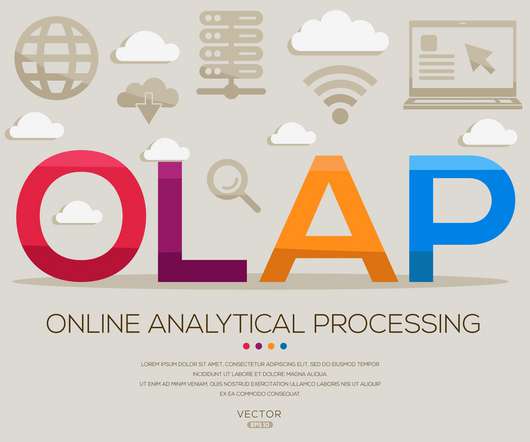
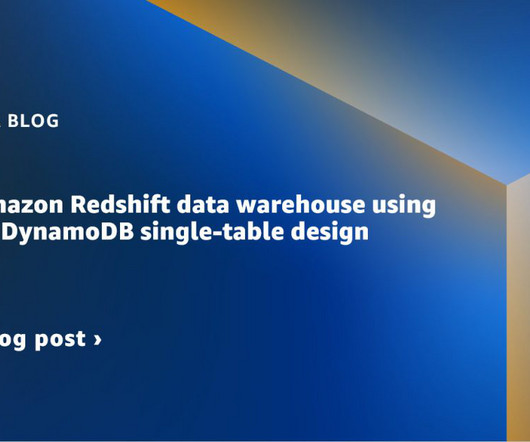
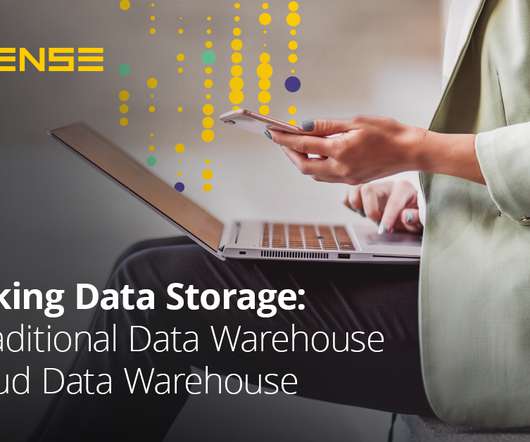


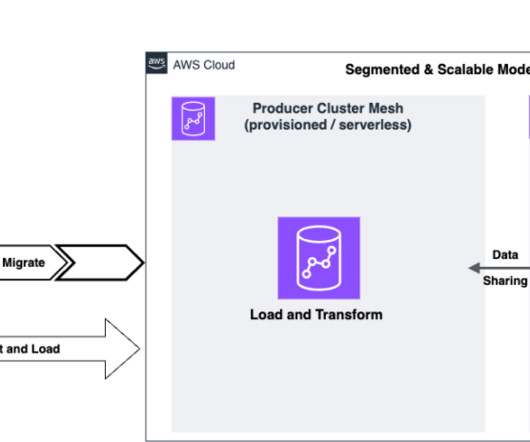
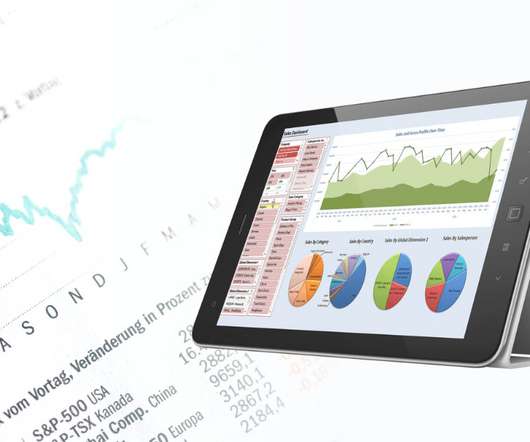
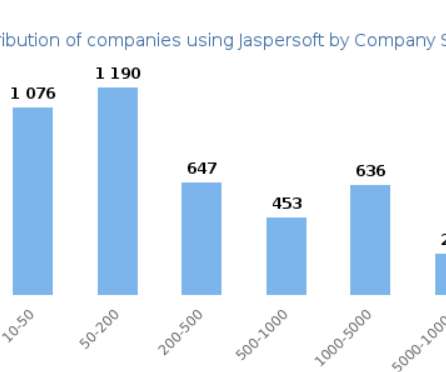
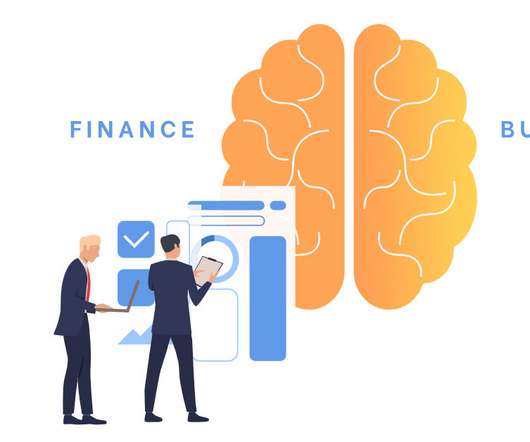

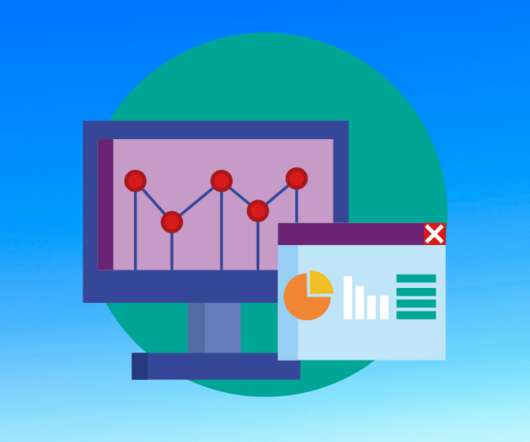
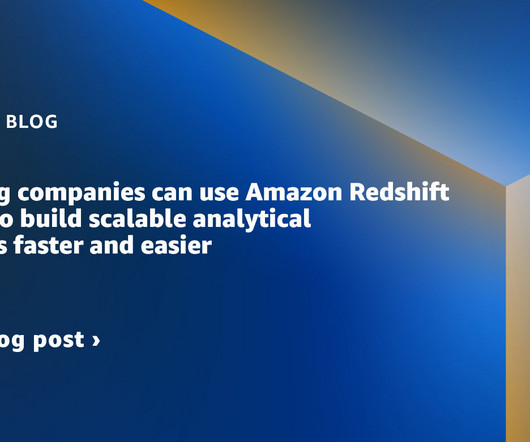


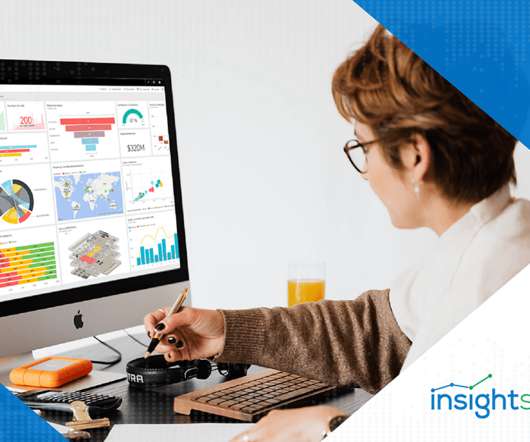
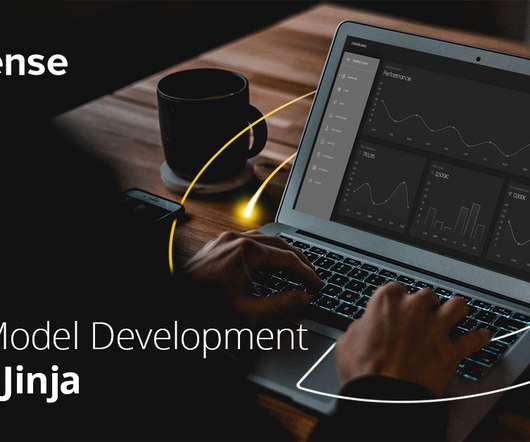

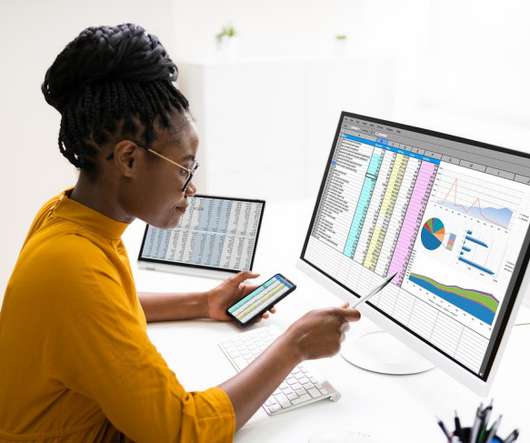








Let's personalize your content